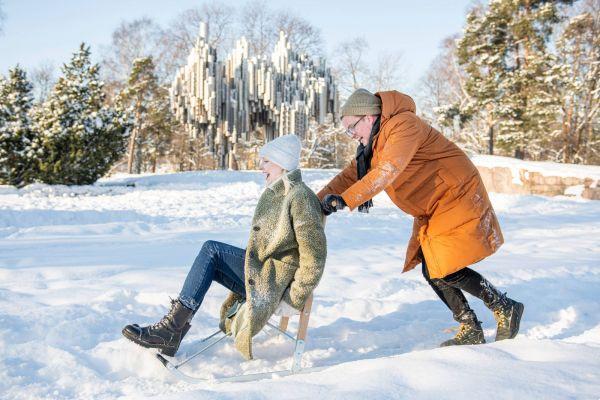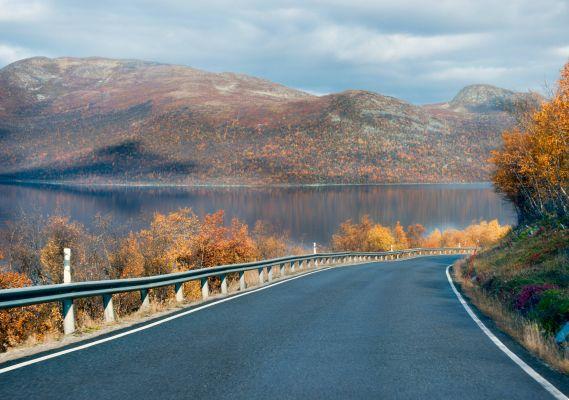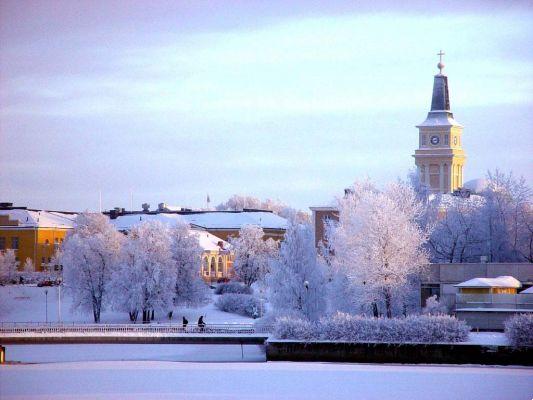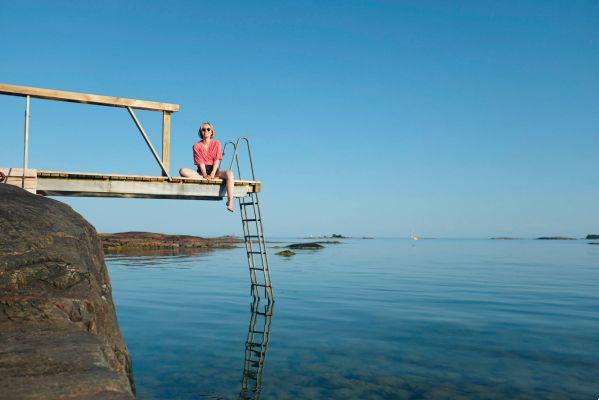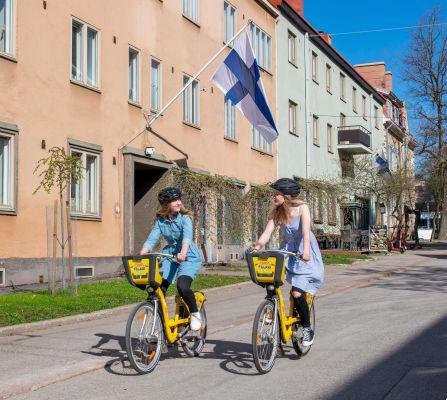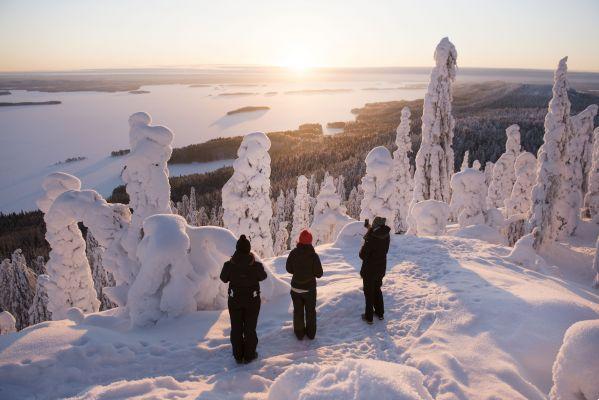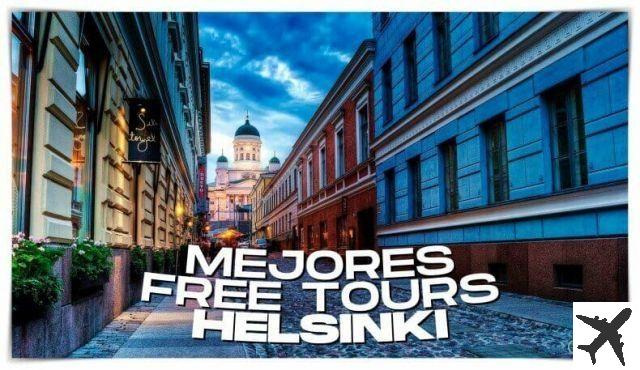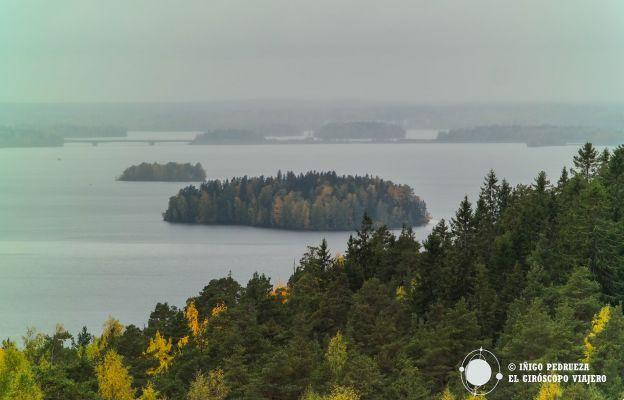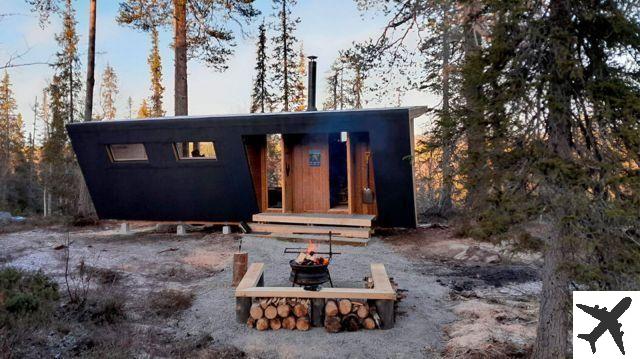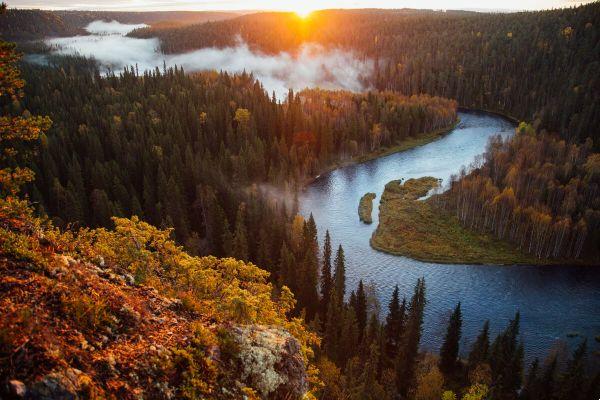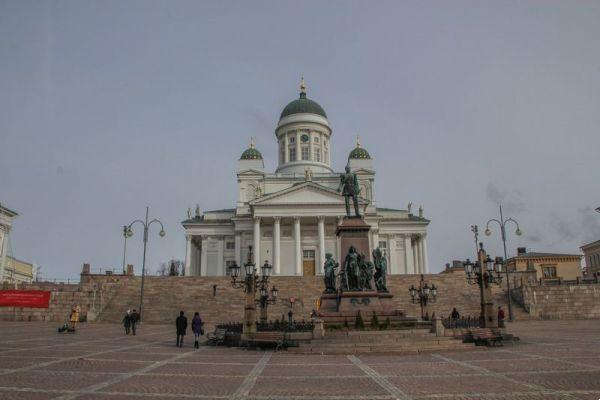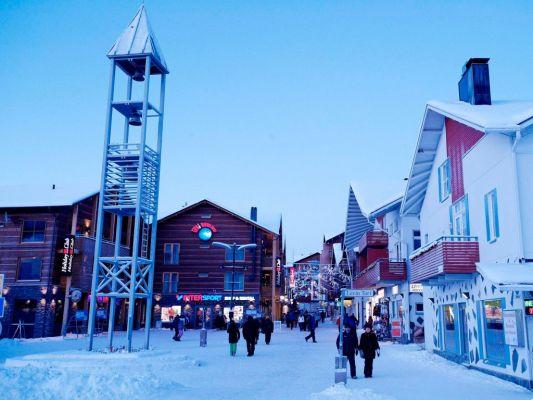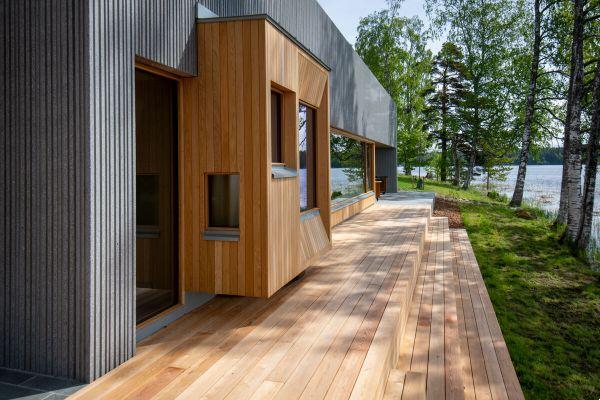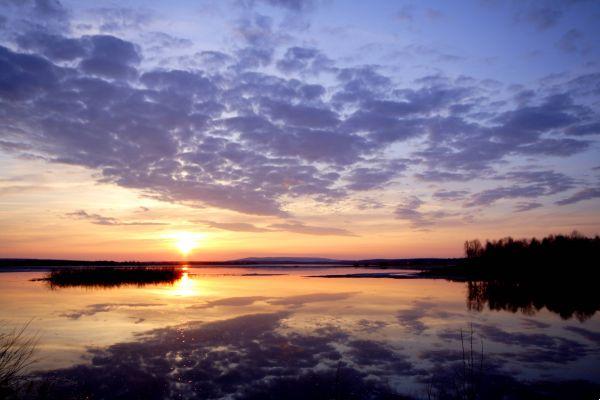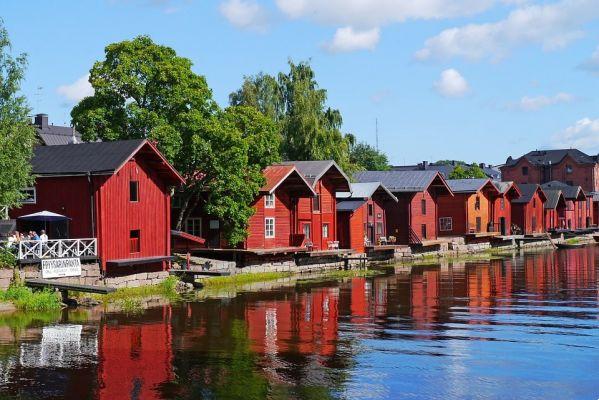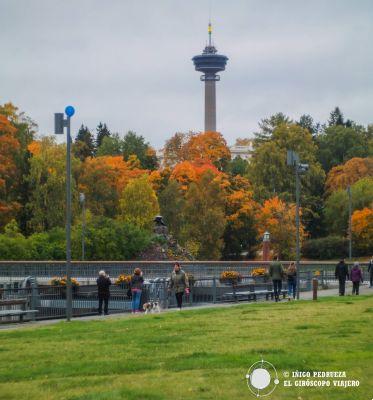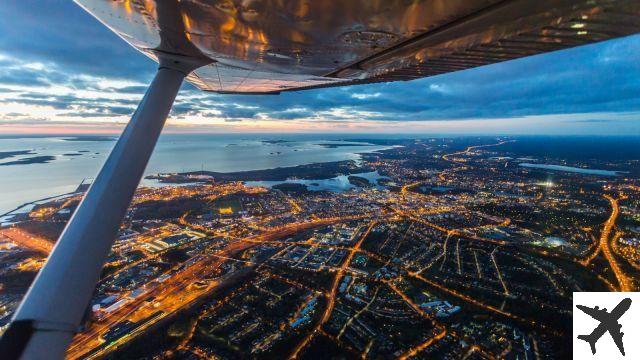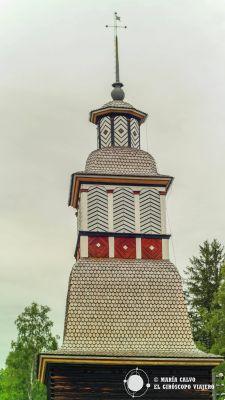
Welcome to our article about the world heritage in Finland. In this text, we will explore the rich history and culture of this Nordic country, focusing on the sites recognized by UNESCO as world heritage sites, both in their tangible and intangible forms.
World Heritage Site in Finland
Finland is a country known for its natural beauty and rich history. Currently, it has a total of seven sites recognized by UNESCO as world heritage sites. These sites include:
1. Fortaleza de Suomenlinna
Suomenlinna Fortress, located in Helsinki, is an impressive maritime fortification built in the XNUMXth century. This fortress is a testament to Finland's military history and offers visitors the opportunity to explore its walls, tunnels and museums.
2. Antigua Rauma
The city of Rauma, located on the west coast of Finland, is known for its well-preserved historic center. Its cobbled streets and traditional wooden houses are an exceptional example of Nordic architecture and have been recognized by UNESCO as a world heritage site.
3. Iglesia de Petäjävesi
The Church of Petäjävesi, built in the XNUMXth century, is a magnificent example of Finnish wooden architecture. This Lutheran church, located in the center of Finland, has been recognized for its unique design and historical importance.
4. Paisaje Kvarken
The Kvarken landscape, located on the west coast of Finland, is a stunning example of geological evolution. This landscape, characterized by its islands and coast, is a unique place to study isostasy processes and has been recognized by UNESCO as a world heritage site.
Intangible Heritage of Finland
In addition to its tangible heritage, Finland also has a rich intangible heritage. Oral tradition, folk music and traditional festivities are just a few examples of the living culture of this country. Below we will mention some notable examples:
1. Kalevala
The Kalevala is a Finnish national epic that compiles the oral traditions and myths of the Finnish people. This literary work is considered one of the most important in Finnish culture and has influenced the country's national identity.
2. Finnish sauna
The Finnish sauna is an integral part of Finnish culture. This tradition of steam baths has been passed down from generation to generation and is considered a form of relaxation and purification. The Finnish sauna has been recognized for its cultural and social importance.
UNESCO sites in Finland
If you are interested in visiting UNESCO-recognized sites in Finland, we recommend that you consult the official UNESCO list. There you will find detailed information about each site, including its location, history, and notable features.
Additionally, you can visit the Wikipedia page dedicated to world heritage in Finland. This page provides an overview of recognized sites and links to additional resources for those who wish to deepen their knowledge.
FAQs
1. What is the most visited place in Finland?
The most visited site in Finland is the Suomenlinna Fortress in Helsinki. This impressive fortification attracts thousands of visitors each year, who can explore its walls, museums and enjoy the panoramic views of the Baltic Sea.
2. What is the importance of Finland's intangible heritage?
Finland's intangible heritage is of great importance as it reflects the cultural identity and traditions of the Finnish people. These living cultural expressions, such as the Kalevala and the Finnish sauna, are essential to understanding the history and way of life of this country.
Conclusion
In short, the world heritage site in Finland is an example of the rich history and culture of this country. From maritime fortresses to oral traditions, Finland offers a wide range of UNESCO-recognized sites and cultural expressions. If you are planning to visit Finland, don't miss the opportunity to explore these places and immerse yourself in their fascinating heritage.
We hope this article has been informative and has inspired you to discover more about Finland's world heritage. Until next time!




